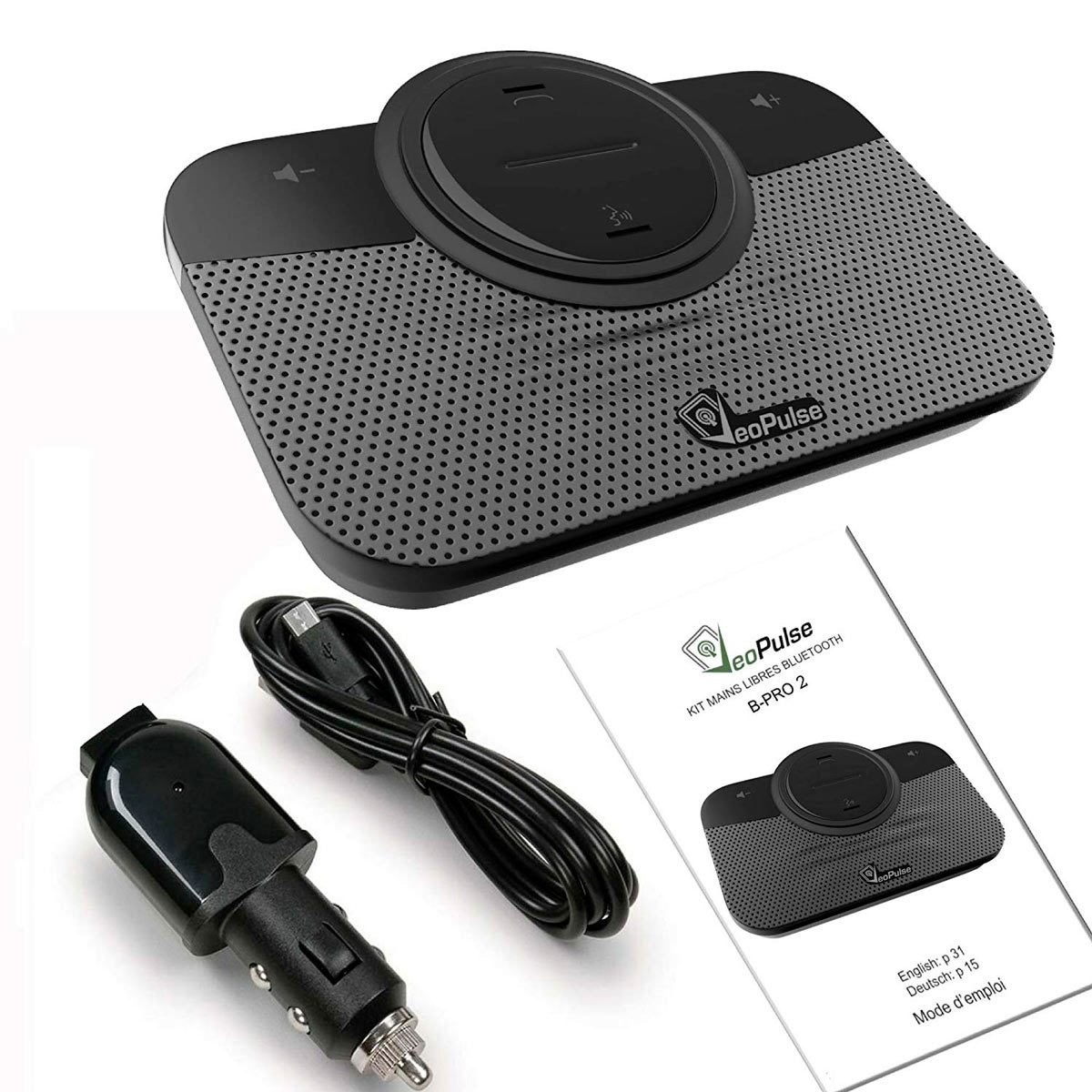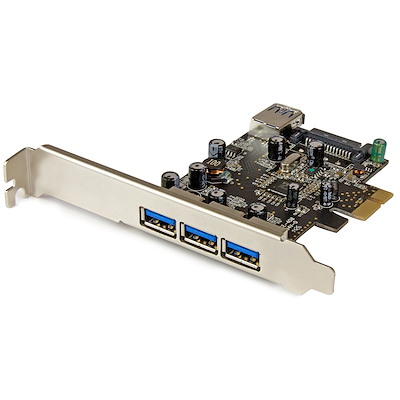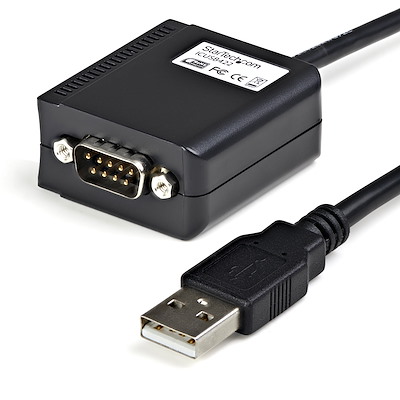- Drivers First Stop Safety Port Devices Online
- Drivers First Stop Safety Port Devices Florida
- Drivers First Stop Safety Port Devices Free
- Drivers First Stop Safety Port Devices List
If you're having a hardware problem that you suspect is caused by a device driver, your firststop should be Device Manager. Open the properties dialog box for the device, and use thefollowing buttons on the Driver tab to perform maintenance tasks:
Select Update Driver. If Windows doesn't find a new driver, you can try looking for one on the device manufacturer's website and follow their instructions. Reinstall the device driver. In the search box on the taskbar, enter device manager, then select Device Manager. Right-click (or press and hold) the name of the device, and select Uninstall. Usb 3.0 is bound to make the usb mass storage device even more popular, if that s possible. I am not pc savvy and don't know what the device is for and what is effected if removed. Once you get the problem ejecting usb mass storage device error, the first thing you should check is those unclosed files or programs. I would first stop Windows Update from running: You can create a stop and start script for Windows Update. Create a Notepad file with each of the following and save them with the.bat extension. Stop-updates.bat: sc config wuauserv start= disabled net stop wuauserv sc config bits start= disabled net stop bits sc config dosvc start= disabled.
- Update Driver:
This choice starts the Hardware Update wizard. - Roll Back Driver:
This option uninstalls the most recently updated driver and rollsback your system configuration to the previously installed driver. Unlike SystemRestore, this option affects only the selected device. If you have never updated the selected driver, this option is unavailable. - Uninstall:
This button completely removes driver files and registry settings for theselected device. This option is available from Safe Mode if you need to remove adriver that is causing blue-screen (Stop) errors. You can also use this capability toremove a driver that you suspect was incorrectly installed and then reinstall the original driver or install an updated driver.
Create a safety net before tinkering with drivers
When you install a new, unsigned hardware driver, Windows automatically attempts tocreate a new System Restore checkpoint. That doesn't mean it will be successful, especiallyif a problem with your System Restore settings has caused this utility to suspendoperations temporarily. To make certain that you can roll back your changes if necessary,set a new System Restore checkpoint manually before making any kind of hardware configuration change.
Updating a Device Driver
Microsoft and third-party device manufacturers frequently issue upgrades to device drivers.In some cases, the updates enable new features; in other cases, the newer version swats abug that might or might not affect you. New WHQL-signed drivers are sometimes (but notalways) delivered through Windows Update. Other drivers are available only by downloadingthem from the device manufacturer's website.
If the new driver includes a setup program, run it first so that the proper files are copiedto your system. Then start the update process from Device Manager by selecting the entryfor the device you want to upgrade and clicking the Update Driver button on the toolbaror the Update Driver option on the right-click shortcut menu. (You can also click UpdateDriver on the Driver tab of the properties dialog box for the device.) Click Search AutomaticallyFor Updated Driver Software if you want to look in local removable media and checkWindows Update. Click Browse My Computer For Driver Software if you want to enter thelocation of a downloaded driver package or choose from a list of available drivers in the driver store.
Make sure that update is really an update
How do you know whether a downloaded version is newer than the currently installeddriver on your system? A good Readme file should provide this information and is thepreferred option for determining version information. In the absence of documentation,file dates offer some clues, but they are not always reliable. A better indicator is toinspect the properties of the driver files themselves. After unzipping the downloadeddriver files to a folder on a local or network drive, right-click any file with a .dll or .sysextension and choose Properties. On the Version tab, you should be able to find detailsabout the specific driver version, which you can compare to the driver details shown in Device Manager.

Rolling Back to a Previous Driver Version
Unfortunately, updated drivers can sometimes cause new problems that are worse than thewoes they were intended to fix. This is especially true if you're experimenting with unsigneddrivers or beta versions of new drivers. If your troubleshooting leads you to suspect that anewly installed driver is the cause of recent crashes or system instability, consider removingthat driver and rolling your system configuration back to the previously installed driver.

To do this, open Device Manager and double-click the entry for the device you want toroll back. Then go to the Driver tab and click Roll Back Driver. The procedure that follows is straightforward and self-explanatory.

Uninstalling a Driver
There are at least three circumstances under which you might want to completely remove a device driver from your system:
- You're no longer using the device, and you want to prevent the previously installed drivers from loading or using any resources.
- You've determined that the drivers available for the device are not stable enough to use on your system.
- The currently installed driver is not working correctly, and you want to reinstall it from scratch.
To remove a driver permanently, open Device Manager and double-click the entry for thedevice in question. On the Driver tab, click Uninstall. Click OK when prompted to confirmthat you want to remove the driver, and Windows removes the files and registry settingscompletely. If you installed the driver files from a downloaded file, the Confirm DeviceUninstall dialog box includes a check box that allows you to remove the files from thedriver store as well. This prevents a troublesome driver from being inadvertently reinstalledwhen you reinsert the device or restart the computer.
Troubleshooting
Your computer experiences sporadic blue screens, lockups, or other strange behavior.
When your computer acts unpredictably, chances are good that a buggy device driver is at fault.

If you're experiencing unexplained computer problems, using a powerful troubleshootingtool called Driver Verifier Manager (Verifier.exe) is a terrific way to identify flaweddevice drivers. Instead of your computer locking up at a most inopportune time with amisleading Blue Screen of Death (BSOD), Driver Verifier stops your computer predictablyat startup with a BSOD that accurately explains the true problem. Although thisdoesn't sound like a huge improvement (your system still won't work, after all), DriverVerifier Manager performs a critical troubleshooting step: identifying the problem. Youcan then correct the problem by removing or replacing the offending driver. (If you'resatisfied that the driver really is okay despite Driver Verifier Manager's warning, youcan turn off Driver Verifier for all drivers or for a specific driver. Any driver that DriverVerifier chokes on should be regarded with suspicion, but some legitimate drivers bendthe rules without causing problems.)
Drivers First Stop Safety Port Devices Online
Driver Verifier works at startup to thoroughly exercise each driver. It performs many ofthe same tests that are run by WHQL as part of the certification and signing process,such as checking for the way the driver accesses memory.
Drivers First Stop Safety Port Devices Florida
Beware: If Driver Verifier Manager finds a nonconforming driver-even one thatdoesn't seem to be causing any problems-it will prevent your system from starting.Use Driver Verifier only if you're having problems. In other words, if it ain't broke...
To begin working with Driver Verifier Manager, type verifier at a command prompt. Inthe Driver Verifier Manager dialog box, shown next, select Create Standard Settings. Inthe next dialog box, select the type of drivers you want to verify. Unsigned drivers are alikely cause of problems, as are those created for an older version of Windows.
When you click Next, you get a list of all currently installed drivers that match the conditionsyou specified. Note that the list might contain a mix of hardware drivers andsome file-system filter drivers, such as those used by antivirus programs, CD-burning software, and other low-level system utilities.
At this point, you have two choices:
- Go through the list and make a note of all drivers identified and then click Cancel.No changes are made to your system configuration; all you've done is gathera list of suspicious drivers, which you can then try to remove or disable manually.
- Click Finish to complete the wizard and restart your computer. Don't choose thisoption unless you're prepared to deal with the consequences, as explained in the remainder of this sidebar.
If your computer stops with a blue screen when you next log on, you've identified aproblem driver. The error message includes the name of the offending driver and anerror code. To resolve the problem, boot into Safe Mode (press F8 during startup) and disable or uninstall the problem driver. You'll then wantto check with the device vendor to get a working driver that you can install.
Drivers First Stop Safety Port Devices Free
To disable Driver Verifier so that it no longer performs verification checks at startup,run Driver Verifier Manager again and select Delete Existing Settings in the initial dialogbox. Alternatively, at a command prompt, type verifier /reset. (If you haven't yetsolved the driver problem, of course, you'll be stopped at a BSOD, unable to disableDriver Verifier. In that case, boot into Safe Mode and then disable Driver Verifier.)
You can configure Driver Verifier so that it checks only certain drivers. To do that, openDriver Verifier Manager, select Create Standard Settings, click Next, and select the lastoption, Select Driver Names From A List. This option lets you exempt a particular driverfrom Driver Verifier's scrutiny-such as one that Driver Verifier flags but you are certain is not the cause of your problem.
Manage Plug and Play drivers
Drivers First Stop Safety Port Devices List
Removing and reinstalling the driver for a Plug and Play device requires a little extraeffort. Because these drivers are loaded and unloaded dynamically, you can remove thedriver only if the device in question is plugged in. Use the Uninstall button to removethe driver before unplugging the device. To reinstall the device driver without unplugging,open Device Manager and choose Action, Scan For Hardware Changes.

